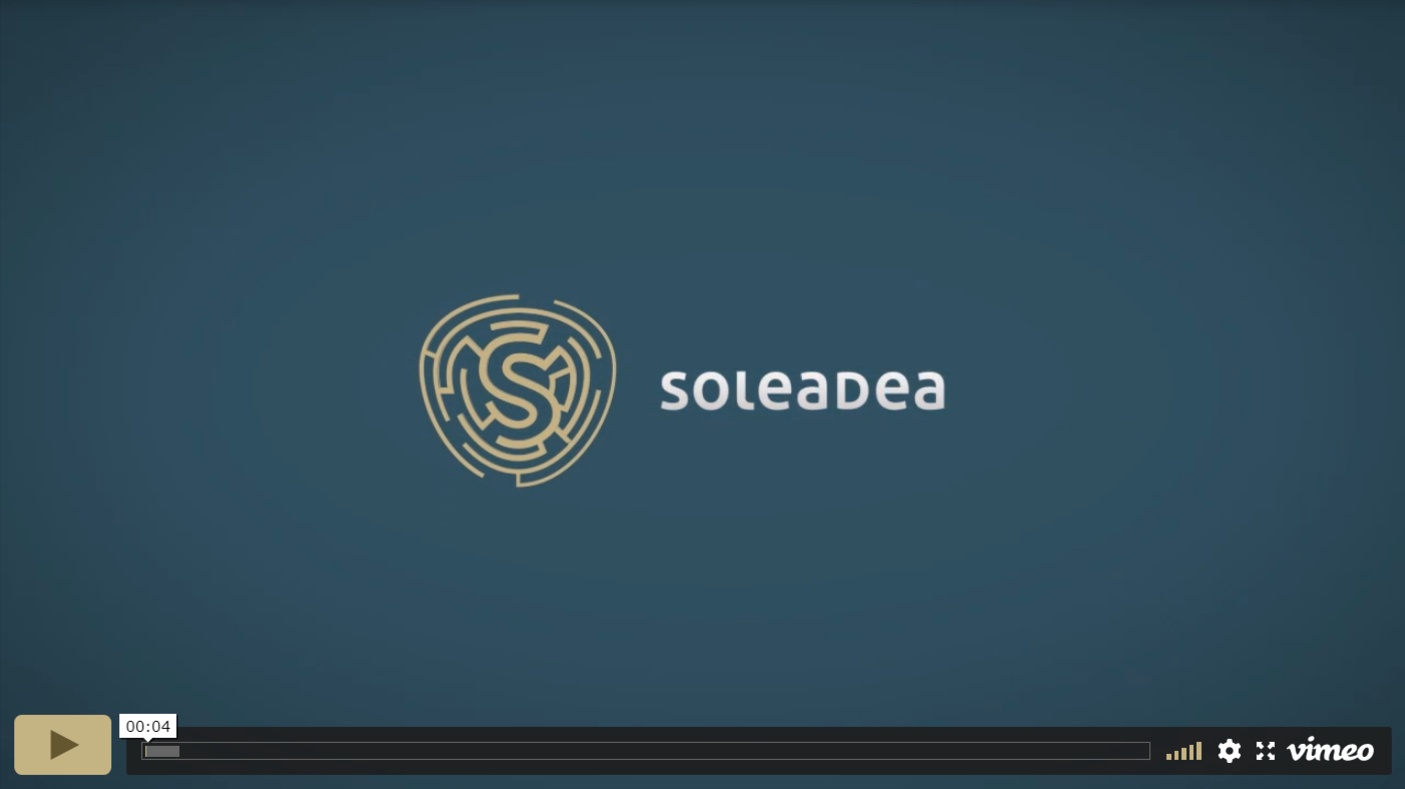Level 1 CFA® Exam:
Put-Call Parity – Arbitrage
There are two identical european options: call and put with the exercise price equal to USD 105 and one year until expiration. The risk-free interest rate is equal to 5%, the current stock price is USD 104 and the put premium amounts to USD 3.
Compute the arbitrage profit (if it exists) assuming that the call option premium is equal to USD 6.
To compute the arbitrage profit, we start with putting the numbers from the example into the put-call parity formula to check whether it holds true. If it doesn’t, the arbitrage will be possible:
\(c_{0}+\frac{X}{(1+r)^{T}}=p_{0}+S_{0}\)
What data are given?
- \(c_0=6\)
- \(X=105\)
- \(r=5\%\)
- \(T=1\)
- \(S=104\)
- \(p_0=3\)
The left-hand side of the formula is equal to:
\(c_{0}+\frac{X}{(1+r)^{T}}=6+\frac{105}{1.05}=106\)
The right-hand side of the formula is equal to:
\( p_{0}+S_{0}=104+3=107\)
As we can see, put-call parity doesn’t hold, so the arbitrage is possible:
\(106\neq107\)
So, we buy what is cheap and sell what is relatively expensive.
Let’s rearrange the formula for put-call parity:
\(c_{0}=p_{0}+S_{0}-\frac{X}{(1+r)^{T}}\)
And according to the data from our question:
\(c_{0}=6\) is lower than \(p_{0}+S_{0}-\frac{X}{(1+r)^{T}}=7\)
So, we should take a long position in the left-hand side of the equation and a short position in the right-hand side of the equation. Namely we take a long position in the call option and a short position in the stock and in the put and a long position in the zero-coupon bond with a par value equal to X.
A short position in a stock is short selling a stock. In other words, we borrow the stock for a year, sell it on the market for USD 104, and promise to give the stock back after one year to the entity we borrowed it from.
So today:
- We receive USD 104 from taking a short position in the stock,
- We receive USD 3 from selling the put option,
- We pay USD 100 for the bond, and
- We pay USD 6 to take a long position in the call option.
If we sum up the numbers, we will be left with USD 1, which we can invest for one year assuming the risk-free interest rate of 5%.
Now, we will analyse what will happen in a year, assuming different stock prices. Have a look at possible scenarios:
- Scenario 1: stock price 1 year from now is lower than USD 104.
- Scenario 2: stock price 1 year from now is equal to USD 104.
- Scenario 3: stock price 1 year from now is bigger than USD 104 and lower than USD 105.
- Scenario 4: stock price 1 year from now is equal to USD 105, and
- Scenario 5: stock price 1 year from now is bigger than USD 105.
Scenario 1
According to Scenario 1, the stock price is lower than USD 104. Let’s assume that it is equal for example to USD 100. If it is the case, 1 year from now:
- We will get USD 105 of the bond par value.
- A counterparty of the put contract will sell us the stock for USD 105, so we will spend USD 105 of the bond par value on buying the stock.
- However, we can use this stock to give it back to the entity from which we borrowed it.
- Long call payoff is USD 0, because we won’t exercise the option.
- And from investing USD 1 we will get USD 1.05.
If we sum up the numbers, we get USD 1.05 altogether.
Scenario 2
According to Scenario 2, the stock price is equal to USD 104. So, 1 year from now, the payoffs on different instruments are as follows:
- We will get USD 105 of the bond par value.
- A counterparty of the put contract will sell us the stock for USD 105 because the exercise price is still bigger than the stock price. Of course, we can use this stock to give it back to the entity from which we borrowed it.
- Long call payoff is USD 0, because we won’t exercise the option.
- And from investing USD 1, we will get USD 1.05.
If we sum up the numbers, we get USD 1.05 total, which is the same amount as in Scenario 1.
(...)
Scenario 5
According to the last scenario, the stock price is greater than USD 105. Let’s assume that it is equal for example to USD 110. If it is the case, the payoffs on different instruments 1 year from now are as follows:
- Short put payoff is USD 0 because the option won’t be exercised.
- We will get USD 105 of the bond par value.
- We will exercise a long call and buy a stock for this USD 105.
- Then, we will give back the stock to the entity that we borrowed it from.
- And from investing USD 1, we’ll obtain USD 1.05.
If we sum up the numbers, we get USD 1.05.
Summary
Each scenario gives us the same amount of money, namely USD 1.05. This means that, regardless of the circumstances, we make a risk-free profit of USD 1.05. Note that the present value of this USD 1.05 assuming that the risk-free interest rate is 5% is USD 1, which is the exact difference between the right-hand side and left-hand side of the formula for put-call parity.
- If put-call parity doesn’t hold, the arbitrage will always bring us profit and the present value of this profit will be equal to the difference between the sides of put-call parity formula.


